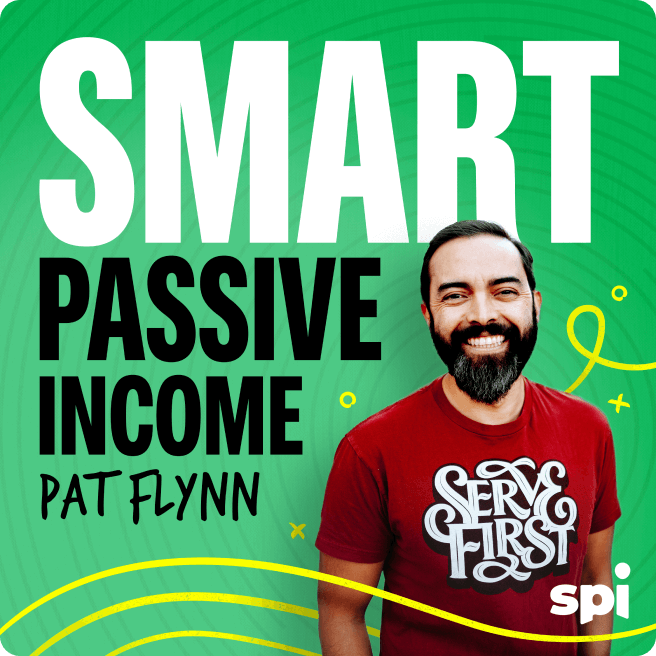A lot has changed in the past few years when it comes to online courses. For a while, it was all about having as much content as possible. Sixty hours of video and five hundred worksheets? Great! Ship it! We might have thought that way once, but we know now that’s just the wrong way to build a course. We want our course experiences to be more efficient—for both the course creator and the students taking it.
But online courses have continued to evolve beyond just more efficiency. It’s about the experience people have around that content and how we can enhance their learning through extra guidance and community. And this evolution is showing up in the form of cohort-based courses—”cohort” meaning a group of people, in this case, course students.
The concept isn’t exactly new. Cohort-based learning has been around for a while. (You may be familiar with “schools” and “classrooms.”) But when it comes to online education, cohort-based courses have come to the fore thanks to people like Seth Godin and his altMBA program, which a lot of very successful people have gone through.
Credit for coming up with the altMBA concept actually goes to someone named Wes Kao—and she’s our special guest here today. Wes is a cofounder at Maven, a platform where you can create and teach your own online cohort-based courses. In fact, I and a couple of my teammates on Team SPI have had the privilege of taking a cohort-based course from Wes and her team on how to do our own cohort-based courses. We’re now running several “boot camps,” as we call them, where we lead a group of people through our courses in a more structured format, with accountability, working hours, and group collaboration.
We’re going to talk today with Wes about exactly what a cohort-based course looks like, how it’ll deliver better results, and how to go about creating your own cohort-based course.
Today’s Guest
Wes Kao
Wes is co-founder of Maven, the first platform for cohort-based courses. Maven helps creators build a cohort-based course and deliver an incredible student experience at scale.
Previously, Wes was the co-founder of the altMBA. Under her leadership, the altMBA grew from zero to 550 cities in 45 countries in three years of high growth. She designed the altMBA’s beloved coaching system, grew the global community, built the marketing engine to drive sustainable acquisition/retention, and built a team of 40 people to support rapid scaling.
Before the altMBA, she was Special Projects Lead for Seth Godin HQ, where she produced bestselling Udemy courses, hackathon days, the 7-day Your Turn Challenge, and the bestselling Leadership Workshop. Prior to this, Wes led digital marketing and brand management at Flite (acquired by Snap Inc), Bare Escentuals (Shiseido), L’Oreal, and Gap Inc. Her work has been published in Fast Company, Inc, and Entrepreneur, and she guest lectures at UC Berkeley and Harvard.
In 2017, Wes was selected for the Singularity University Global Solutions Program fellowship on climate change, held at NASA Ames with a full scholarship from DB Pharmaceuticals and Google. She serves as a mentor for Backstage Capital and WeWork Labs. Wes received her B.S. in Business Administration from the Haas School of Business at the University of California, Berkeley.
You’ll Learn
- How Wes’s experience with massive open online courses (MOOCs) provided the spark to create something better
- The path Wes took from altMBA to expanding the cohort-based course concept and founding Maven.com
- Why more freedom can work against you when it comes to online courses
- How cohort-based courses help learners put more “skin in the game”
- The components that make up a cohort-based course, and how to mix and match them to suit your students’ needs
- How to price your cohort-based course
- The “state change method” Wes uses to keep participants engaged during live workshops
- Why the interactive moments of a cohort-based course experience are so special (even for introverts!)





